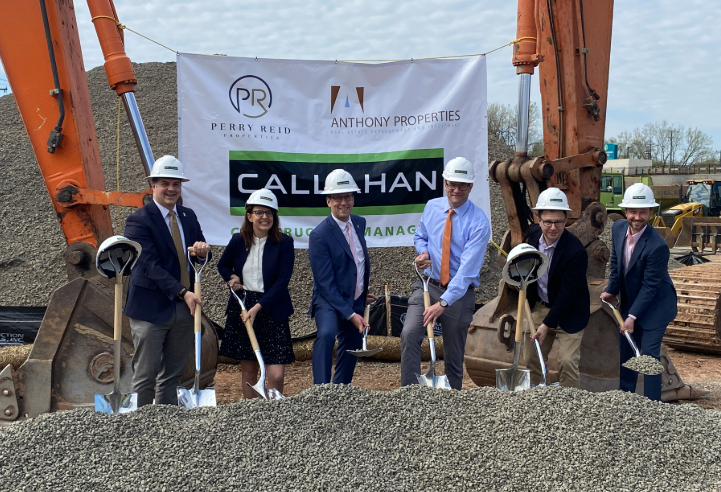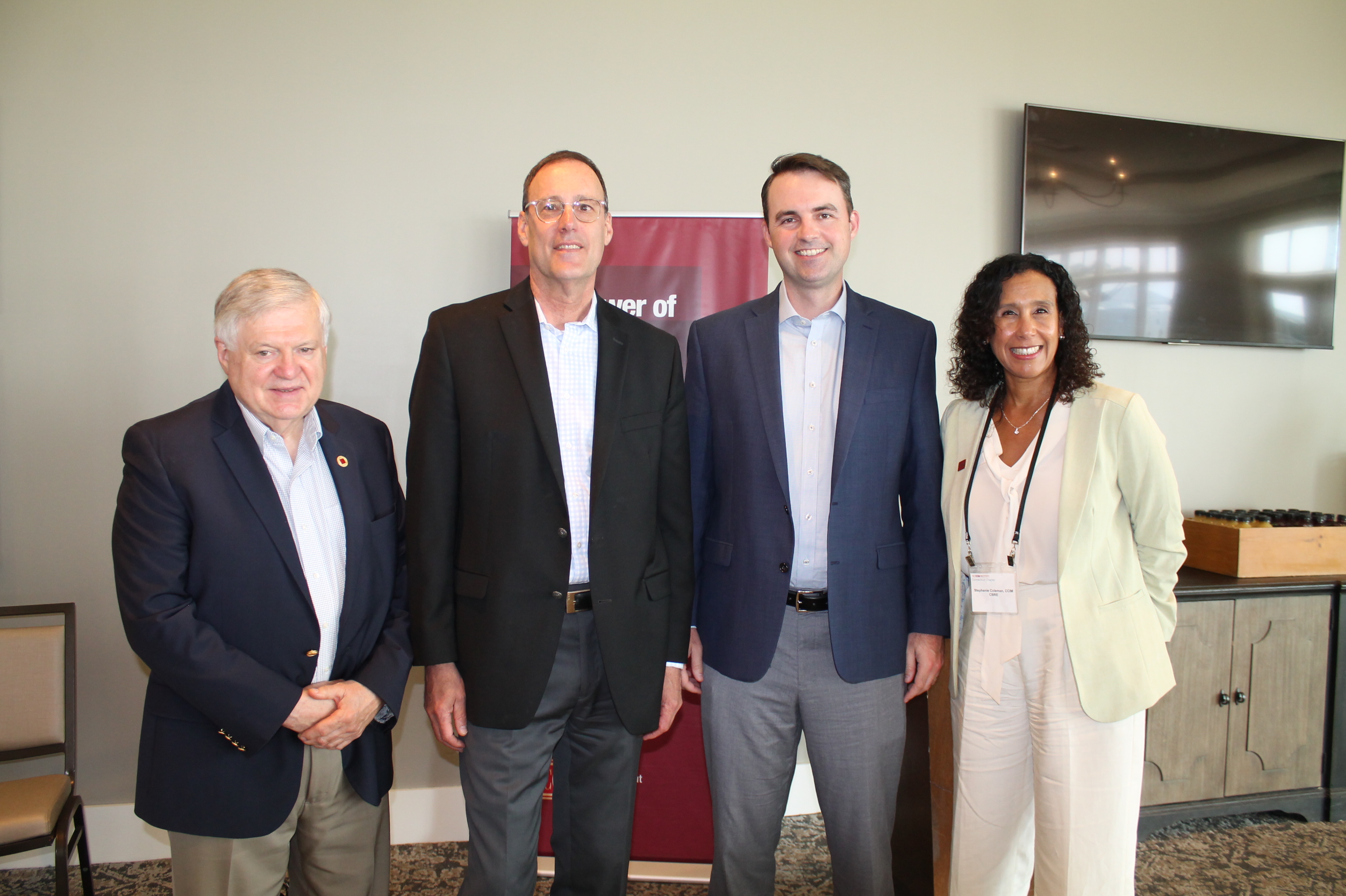The powerful role of storytelling in creating mission-driven environments - by Laura Pirie

Pirie Associates Architects
Storytelling is one of the most powerful tools we use at Pirie Associates to create environments for our clients. This is true for projects that range from retail fit-outs to university buildings to city and community planning projects. In fact, the greater the number of stakeholders, the more critical storytelling is.
Most people think of architects as designers of form, and that’s true, we are. In fact on a typical project, 75% of our time is spent on developing the form. However, there is an essential 25% that can make an ordinary project extraordinary.
Imagine that before any form is crafted, the most important 25% of the effort is expended eliciting and defining intentions: our client’s intentions. Why do this? Because environments are woefully underutilized if they only look beautiful and function appropriately.
Environments can be active participants in the growth of an organization
In the crafting we do, first of intentions and then of form, we reveal, re-frame, and embody our client’s mission. Over the years of creating mission-driven environments, we discovered the power of authentic storytelling and its transformational role in the design process.
It’s pretty typical for clients to come to architects with a long list of mish-mash things they “need.” This type of location, that much space, this much room to grow. It’s also pretty typical for architects to then test and evaluate this mish-mash of wants and needs into different formal solutions, hopefully addressing budget, schedule, aesthetics and any other circumstance that impact a given project. What elevates a mish-mash of wants and needs to the level of mission-driven architecture is a story that breathes life into the form: an authentic story; a story of the values and aspirations of the client; drawn from the client, shaped, and retold by the architect, and used to inspire a formal solution that will transform the client and the work they do.
As I was realizing how important storytelling is to our work, I set out to see if other creatives recognized storytelling in their work. I came across an article by Peter Gruber, first published in 2007 in the Harvard Business Review. The article is called “The Four Truths of the Storyteller.” https://hbr.org/2007/12/the-four-truths-of-the-storyteller. The article reminds us that truthfulness and authenticity are the keys to successful storytelling – a trait that is being seriously challenged in our world today. Gruber defines authentic storytelling as having 4 characteristics, or truths: Truth to teller, truth to audience, truth to the moment, and truth to mission. The four truths as Gruber defines them create storytelling that is an uplifting and community-building experience, not manipulative one. The responsibility of this level of authenticity and truth lies with the storyteller herself.
In ancient cultures, storytelling was used by elders to convey a culture’s history, to keep people safe and healthy, and to provide any other needs to maintain a thriving community. Stories were used to teach and inspire transformation. It is in this tradition and with this sense of authenticity and level of truth that we use stories to create mission-driven environments for our clients. For us, storytelling can take the form of words, or a narrative, or images, or cartoons. Whatever combination of forms we may use, the storytelling must convey the critical essence of the project: its WHY, its purpose, and how it will help the organization do what they do better.
In crafting a story, the most important rules are:
• The simpler, the better.
• The less “heady,” the better.
• The more broadly accessible in visuals and word, the better.
Along the way, we discovered that this process has had an unexpected effect: our clients have themselves experienced transformation as part of the process.
Digging into the WHYs and reframing purpose in this way is an intimate process, and demands a lot of work from our clients too! But the level of work and input equals the level of connectedness and impact that the environment ultimately has on the users. The environments become active participants in the organization’s development, precisely because the intention, or mission, of the organization is the core of the story that holds the intention of the place. Consider it a creation myth for the organization, and a specifically-created place that honors and embodies that myth!
Laura Pirie, AIA, is the principal of Pirie Associates Architects, New Haven, Conn.
Highcap Group brokers $41.1 million sale of two building multifamily portfolio
Norwalk, CT Highcap Group has completed the sale of two luxury multifamily properties with a total of 120 units for a combined purchase price of $41.4 million.








